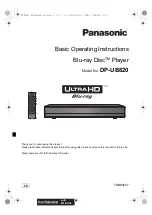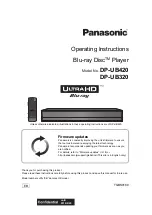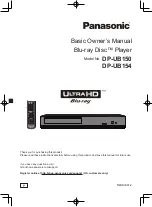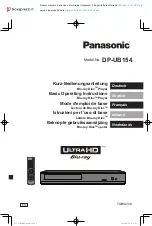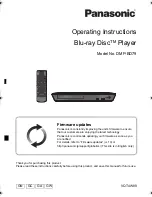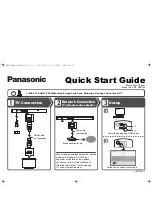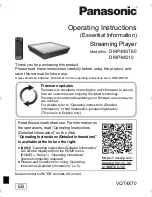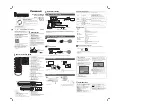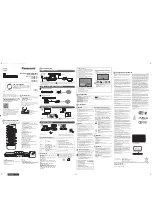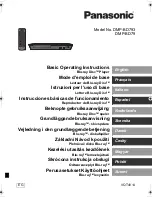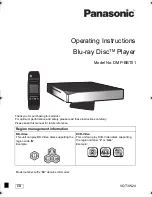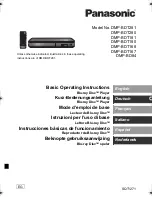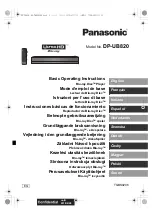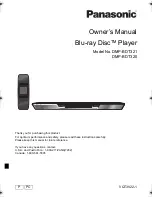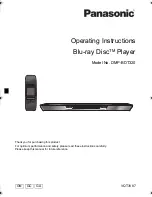
6
EN
AZURE
Philips
Notice for the USA
This equipment has been tested and found
to comply with the limits for a Class B digital
device, pursuant to part 15 of the FCC Rules.
These limits are designed to provide reasonable
protection against harmful interference in a
residential installation. This equipment generates,
uses, and can radiate radio frequency energy
and, if not installed and used in accordance
with the instruction manual, may cause harmful
interference to radio communications.
However, there is no guarantee that
interference will not occur in a particular
installation. If this equipment does cause harmful
interference to radio or television reception,
which can be determined by turning the
equipment off and on, the user is encouraged
to try to correct the interference by one or
more of the following measures:
equipment and receiver.
a circuit different from that to which the
receiver is connected.
radio/TV technician for help.
The set complies with the FCC-Rules, Part-
15. Operation is subject to the following two
conditions:
interference, and
received, including interference that may
ration.
cause undesired ope
Notice for Canada
This Class B digital apparatus complies with
Canadian ICES-003.
This device complies with Industry Canada
licence-exempt RSS standard(s): Operation
is subject to the following Two conditions:(1)
this device may not cause interference, and
(2) this device must accept any interference,
including interference that may cause undesired
operation of the device.
Cet appareil s’accorde avec Industrie Canada
licence-exempte RSS standard. (1) cet appareil
ne peut pas causer l’intervention, et (2)
cet appareil doit accepter de l’intervention,
y compris l’intervention qui peut causer
l’opération non désirée de.
Cet appareil numérique de la classe B est
conforme à la norme canadienne ICES-003.
The Bluetooth® word mark and logos are
registered trademarks owned by Bluetooth
SIG, Inc. and any use of such marks by Philips is
under license.
Reorient or relocate the receiving antenna.
Changes or modifications not expressly
approved by the party responsible for
compliance could void the user’s
authority to operate the equipment.























